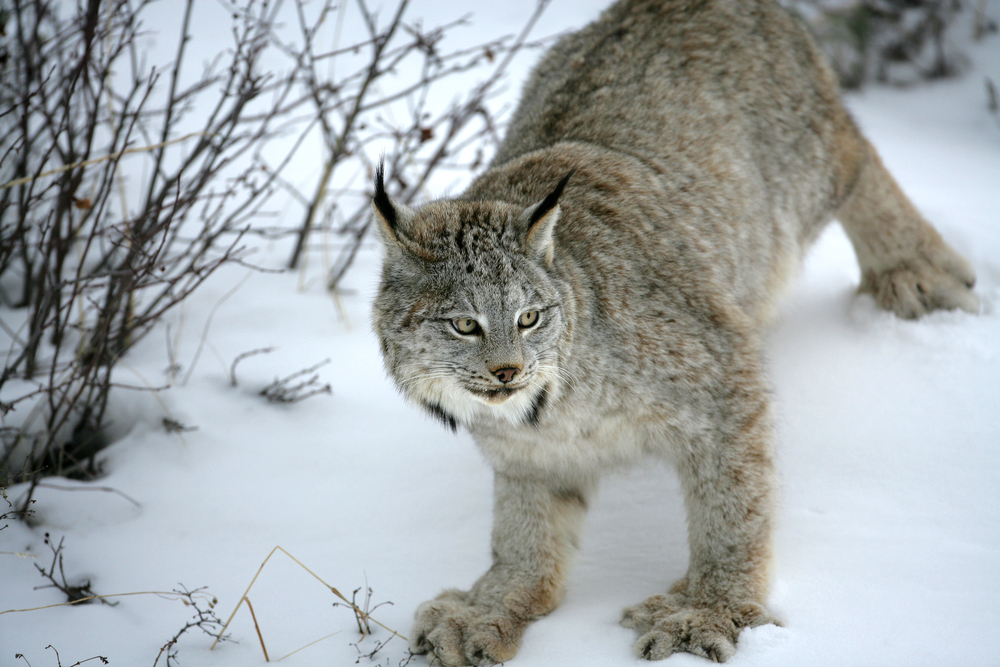BILLINGS — Canada lynx gained federal protections in New Mexico on Thursday, but U.S. wildlife officials again declined to designate critical habitat for the elusive animal in the Southern Rockies, parts of New England and other areas considered non-essential to their survival.
The two-part finding from the U.S. Fish and Wildlife Service means the forest-dwelling wild cat will be protected as threatened throughout the lower 48 states. Lynx that had spread to New Mexico’s San Juan and Sangre de Cristo mountains after being introduced in Colorado previously were not protected.
However, officials decided that potential lynx habitat in the Southern Rockies of New Mexico, Colorado and portions of Wyoming were not areas essential to conservation of the species. As a result, lynx in the region still will be protected from hunting and trapping, but there will be less stringent reviews of human activities that could affect the dense forests they need to survive.
Wildlife advocates said they intend to file a lawsuit challenging the exclusion of those areas and some others in the Northern Rockies.
Also left out of the 39,000 square miles of designated critical habitat were portions or all of six national forests in Idaho and Montana, and areas with lynx in northern Vermont and northern New Hampshire.
U.S. Fish and Wildlife Service wildlife biologist Jim Zelenak said the agency focused on areas where lynx can persist over the long-term. The animals may show up elsewhere — either as transients from populations elsewhere or, in the case of Colorado, after being introduced by humans — but that doesn’t mean they will survive.
“Either the habitat there is marginal, or it’s just too far away from the main population,” Zelenak said. “We need to stick to the biology of the animals.”
Thursday’s rule also designates new critical habitat for lynx in northern Maine and northwestern Wyoming. The move adds to habitat already designated in those states and portions of Washington state, Montana, Idaho and Minnesota.
The Fish and Wildlife Service was sued following its last attempt to establish critical habitat for lynx in 2009. U.S. District Judge Donald Molloy later ordered the agency to reconsider some areas it had excluded.
An attorney for wildlife advocates, Matthew Bishop with the Western Environmental Law Center, said he was pleased lynx in New Mexico finally have been protected. But he said the lack of habitat designation there and elsewhere in the Southern Rockies remained a concern.
